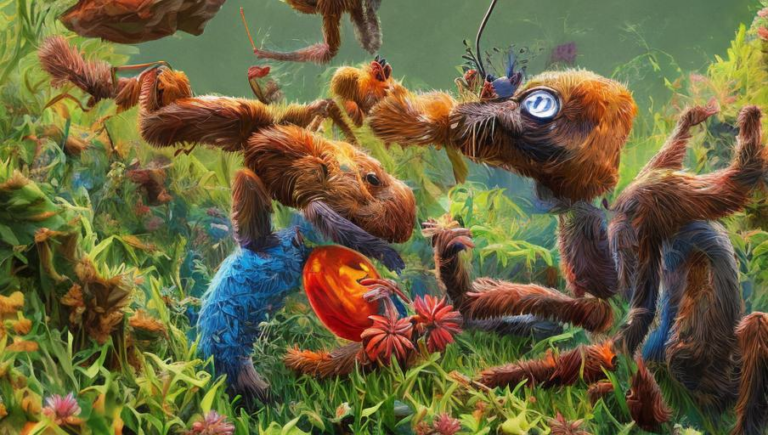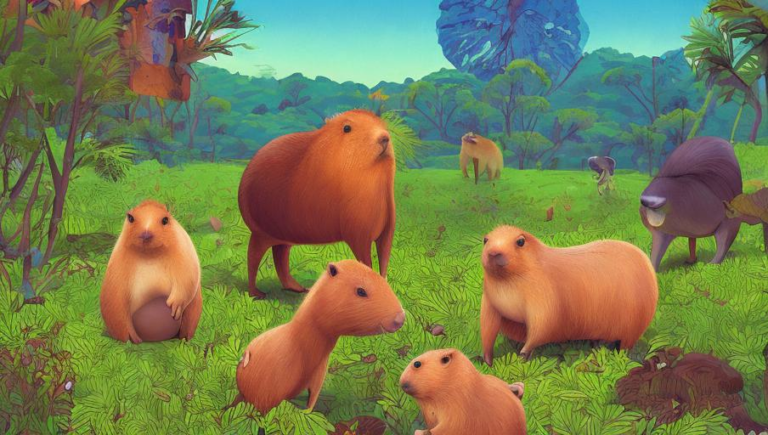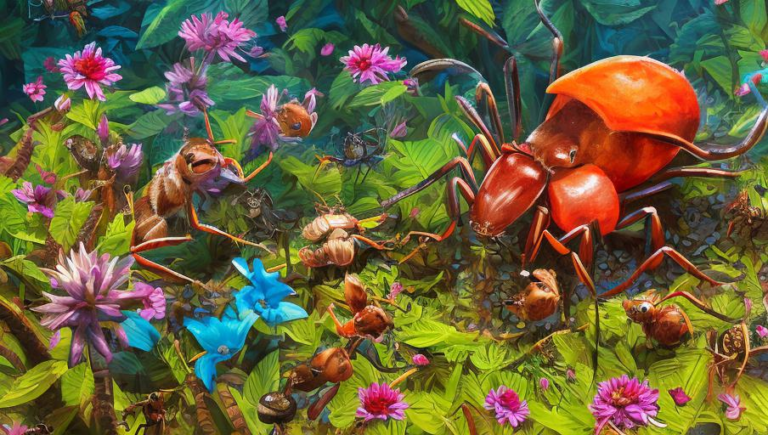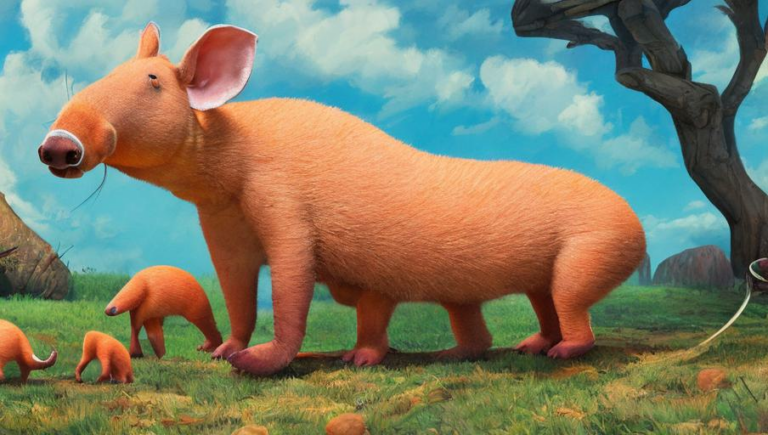A Journey Through Dolphin Migration Patterns
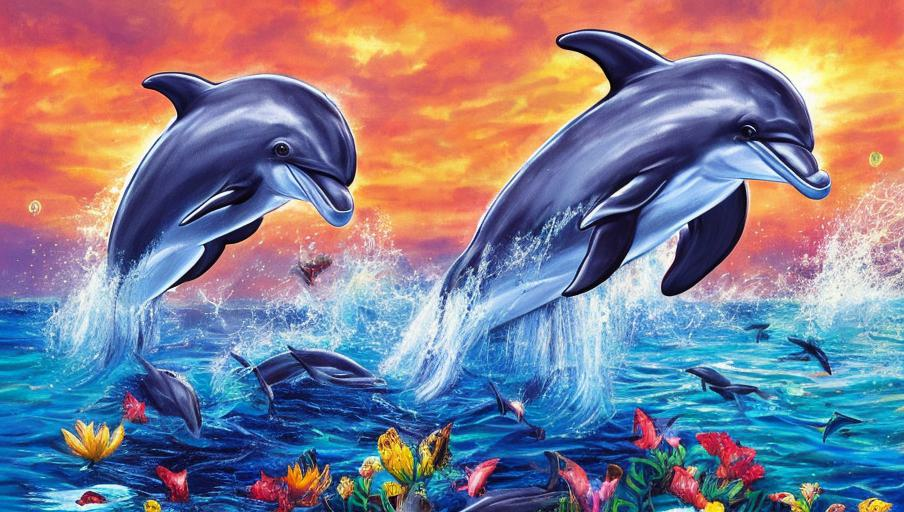
Introduction
Dolphins are one of the most beloved animals in the world. Every year, thousands of dolphins migrate across the world’s oceans in search of food, shelter, and mates. This journey is essential for the survival of dolphins, allowing them to explore new environments and find new sources of nourishment. But what exactly happens during a dolphin’s migration?
Migration Patterns
Most dolphins migrate seasonally, traveling hundreds of miles in a single year. They often travel in large pods, swimming in tight-knit groups as they journey through the ocean. Dolphins can swim up to 100 miles a day, and they are believed to know their migration route instinctively, relying on their sense of direction to guide them. Dolphins can also use ocean currents to their advantage, allowing them to travel even further distances.
Reasons for Migration
Dolphins migrate for a variety of reasons. One of the main reasons is to find food. Dolphins follow prey, such as fish and squid, over long distances as they migrate. They also migrate to find mates, as well as to escape predators, such as sharks and killer whales. Additionally, dolphins may migrate to find more hospitable climates, as well as to give birth in safer waters.
Tracking Migration
Scientists have been studying dolphin migration patterns for decades. Researchers use a variety of methods to track dolphins, including tagging them with special tracking devices and using aerial photography to monitor their movements. By tracking dolphins, scientists can uncover new information about their behavior and habits, as well as the effects of human activities on their migration routes.
Impact on Humans
Dolphin migration has significant implications for humans as well. The migration of dolphins can affect the availability of fish, which in turn can impact the fishing industry. Additionally, the presence of dolphins can be a great boon for tourism, as people flock to beaches to observe the majestic creatures. Finally, dolphins play an important role in maintaining healthy ocean ecosystems, as their presence can help to keep populations of their prey in check.
Conclusion
Dolphin migration is an essential part of their lives, and scientists are still learning more about these fascinating creatures every day. By studying their migration patterns and behaviors, we can gain a greater understanding of the oceanic environment and how to protect it. As we learn more, we can work to ensure that dolphins have a safe and healthy future in our oceans.
